Yoga features many different styles to bring yogis various advantages. Among these, you might have heard about restorative yoga. Yet, do you know what is restorative yoga and what benefits it can provide us?
If you intend to pursue this type of exercise, this post is what you need. Scroll down to get hold of all the necessary information about it!
What Is Restorative Yoga? – Restorative Yoga Definition
Restorative yoga is suitable for practitioners of all levels. This modern subject derives from a style of yoga developed by BKS Iyengar, widely regarded as one of the world’s greatest masters.
This one is naturopathic yoga that combines passive asanas with “doing nothing.” With the help of props, such as pillows, blankets, lanyards, and chairs, the body is moved into various positions completely safely and comfortably.

Instead of actively stretching the muscles, the practitioner uses supportive tools to allow the body to stretch passively, release tension, and deeply relax.
The primary goal of this type is to provide the practitioner with a sense of comfort and ease, activate the body’s and mind’s deep relaxation mechanisms, and assist in the circulation of blocked energy sources.
It typically consists of only a few poses, but each pose is held for an extended time, ranging from 5 to 20 minutes.
Subjects should practice this restorative yoga for beginners:
- People with health problems, limited mobility, fatigue, pain, fear.
- People with long-term stress, temper, body tension, a need for relaxation, and a sense of self-love
- People who are inactive or have high stagnation
What Are The Benefits Of Restorative Yoga?
Restorative yoga is a popular type of yoga today because it helps us recover from physical and mental injuries.
However, you may not be aware of the additional benefits of this subject. So, if you are interested in but hesitant to practice this subject, the information below will persuade you.
Slow Down Your Rushed Life
This type of exercise is an excellent way to unwind from the stresses of everyday life. This also gives you a chance to welcome all of your inner peace and helps you to calm your mind, lift your spirits, and increase your awareness.
Slow and gentle postures also assist you in exploring yourself and your surroundings most consciously and sensitively.
Relax The Nervous System.
Problems such as stress, tension, and fatigue are unavoidable if you are overly focused on work and do not take time to rest. As a result, when you practice this subject, you relax your mind and nervous system.
This will not only help to calm your nervous system but will also help you reduce stress and related issues.
Awaken The Hidden Possibilities Within You
This sounds a little hazy and mythical because how can we awaken our latent abilities only through yoga?
During meditation, mind calm is when your mind becomes the most alert and light; this allows you to think about certain issues in the clearest and most specific way;
You will know who you are, what you want, what you should do, and your strengths and weaknesses.
Raise Self-Awareness
Restorative yoga’s soothing, relaxed pace will open the door to a deeper understanding of your body, allowing you to truly feel the meaning of life.
This stems from the fact that many people do not know what they want and have to do. They live through the days, feeling life is meaningless and full of self-blame.
Practicing this yoga type gives you time to realize everything that is going on around you, and you will know your obligation to live in this world, your mission in this life, and you have to do something to make this life more beautiful.
Sensitive To Seeing Everything In Life
Are you a quick thinker who solves problems quickly but frequently encounters unsatisfactory situations due to your carelessness? This is a situation that everyone encounters because we do not have enough time to understand and solve the problem fully.
Yoga and meditation will help you develop the habit of seeing everything. Gently, slowly, and from all sides. You’ll have more time to solve problems most intelligently and effectively possible and anticipate any potential problems.
Helps You Feel Healthy
You probably think of a healthy, resilient body when you hear the word “healthy.” On the other hand, it will provide you with health from your mind, nervous system, and spirit.
You will be brimming with energy. This results from your postures, breathing, and concentration being in sync.
Physical health benefits are easy to see, but inner health is more difficult to perceive because it often occurs quietly, and you may be unaware of it. So make it a point to practice this subject regularly if you want to maintain a healthy body and mind.
Restorative Yoga Poses
Yoga will help you improve your health, limit disease, and heal your body with positive energy through proper breathing and regular asanas.
So, we’d like to share some basic moves with everyone that you can easily practice at home whenever you’re tired, sick, or have health issues.
Before practicing, you should prepare some pillows, towels, yoga mats, etc., and a quiet space so you can relax for a long time in your own home.
Fish pose

If you spend a lot of time sitting during the day, this restorative pose is a great option.
The fish pose can help you lengthen your spine, relieve neck and shoulder tension, and open your chest. Use a pad or two folded blankets or towels under your shoulders and head to make this pose more comfortable.
Instructions
- Place your elbows on the blanket to ensure your upper arms are perpendicular to the ground.
- Roll and tuck the shoulders back to slowly puff up the chest.
- Create force by pressing your palms into the floor.
- Then, lower the crown of the head to touch the mat.
- Close your eyes and take deep breaths.
- Hold this position for 3 minutes.
- To quit the pose, press the forearms and, at the same time, raise the head off.
View more: Difference Between Yoga And Pilates?
Child’s pose
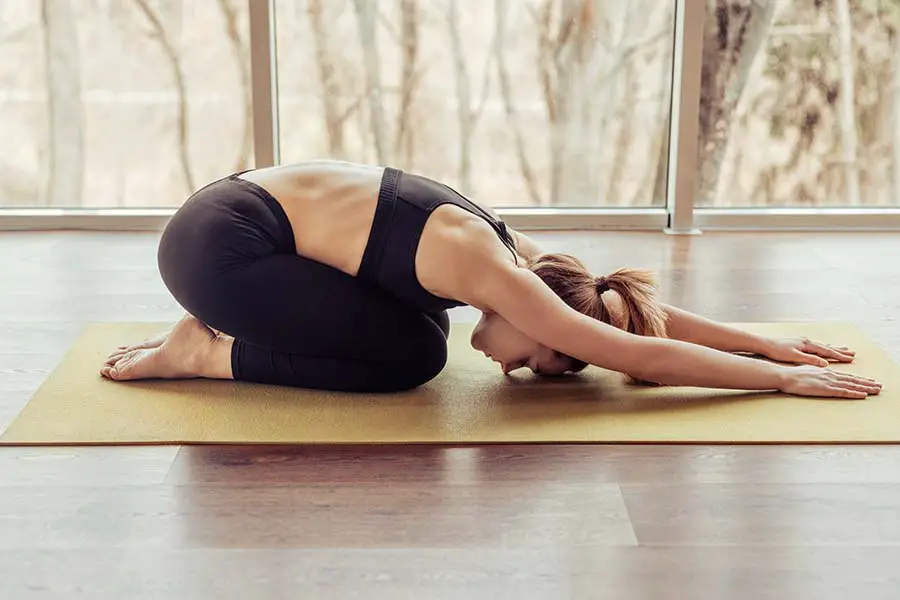
This pose reduces stress and fatigue while gently stretching your spine, hips, buttocks, hamstrings, and shoulder muscles. If your head and torso are supported, it may help with back and neck pain.
Instructions
- Sit with your knees hip-width apart on the floor, then kneel with your feet touching and your buttocks resting on your heels.
- Place a mattress or folded blanket between your thighs and calves for added support.
- Lean forward with your torso between your thighs and near the ground as you exhale evenly.
- Extend your arms in the front of you, palm flat on the floor. If this is too tough, place your arms, palms up, along your body.
- You can add cushions or folded blankets under your head and arms for extra support.
- Hold this pose for up to 6 minutes, deeply inhaling and exhaling.
- Lift your torso into a sitting position to release.
Corpse pose
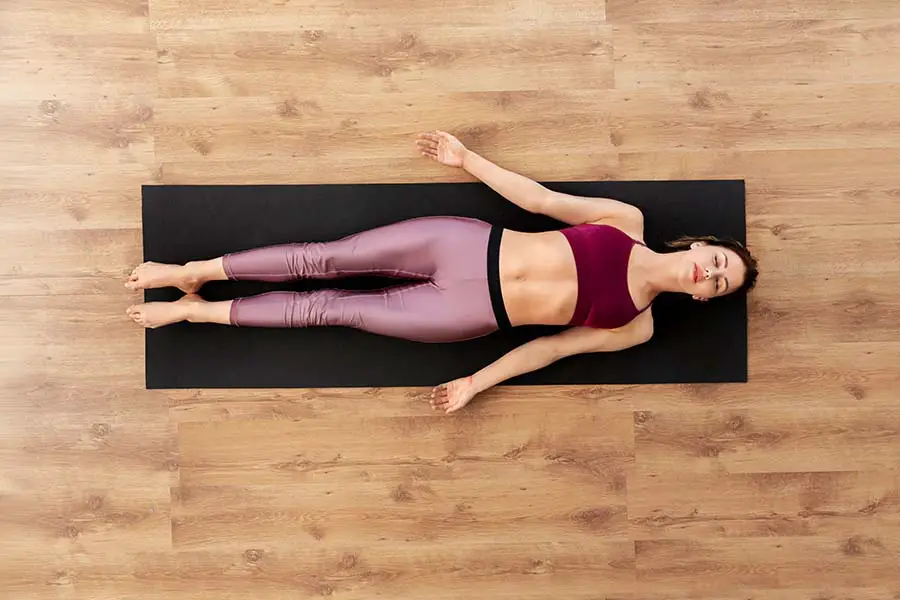
Try corpse pose, also known as savasana, for deep relaxation and stress relief.
Instructions
- Place a folded blanket on top of your mat, followed by a mattress or two stacked folded blankets at the end.
- Sit with your knees bent and your back straight, between two folded blankets.
- Extend your legs, so the backs of your knees rest on a mattress or folded blanket.
- Slowly recline until your head is resting on the blanket.
- Place your arms at your sides naturally, palms facing up. There should be some room between your arms and your body.
- Hold this position for at least 10 minutes. Concentrate on taking deep breaths and relaxing your muscles.
Legs-up-the-wall pose
Legs up against the wall relieve leg and foot fatigue, stretch the hamstrings and back of the neck gently, and can help relieve mild back pain.
Instructions
- Sit with your right back against the wall, then rotate your legs up the wall.
- Examine the space between the butt and the wall. Try to get your buttocks as close to the wall as possible. Place one or two folded blankets on a mat about 5 to 6 inches away from the wall, so your lower backrests are on top of them for added support.
- Extend your arms to the sides or rest them against your torso.
- Allow your body to relax as you exhale, allowing your hips, back, and neck to fall to the floor. Rest for 10 minutes in this position. Concentrate on taking deep breaths and relaxing your muscles.
See more: What Is Goat Yoga?
FAQs
Does Restorative Yoga Build Muscle?
Yes, you can build muscles with this subject. Yet, the results aren’t clear and quick. So, the majority of people go to the gym to build muscle. After all, nothing stimulates muscle growth like weight lifting.
Is Restorative Yoga Effective?
Yes, restorative yoga is effective. This subject helps strengthen and tone weakened muscles due to a lack of movement. It also aids in reducing discomfort in bed or during the procedure.
Can You Do Restorative Yoga Everyday?
Yes, you can. Please do it as often as you need it and as often as it feels good. Besides, try to do it once a week.
Even if you only have time for one or two poses for 10 minutes a few times a week, it can help! Or, if you have much time, you can go to a restorative yoga class to practice.
Conclusion
After sharing what is restorative yoga and related knowledge about this type, you can consider practicing it.
It is a great way to relieve stress and enjoy meditation stretches. Yet, be patient and enjoy your body’s and mind’s stillness. It takes some getting used to, but it gets easier after a while, and you might be surprised at the benefits.

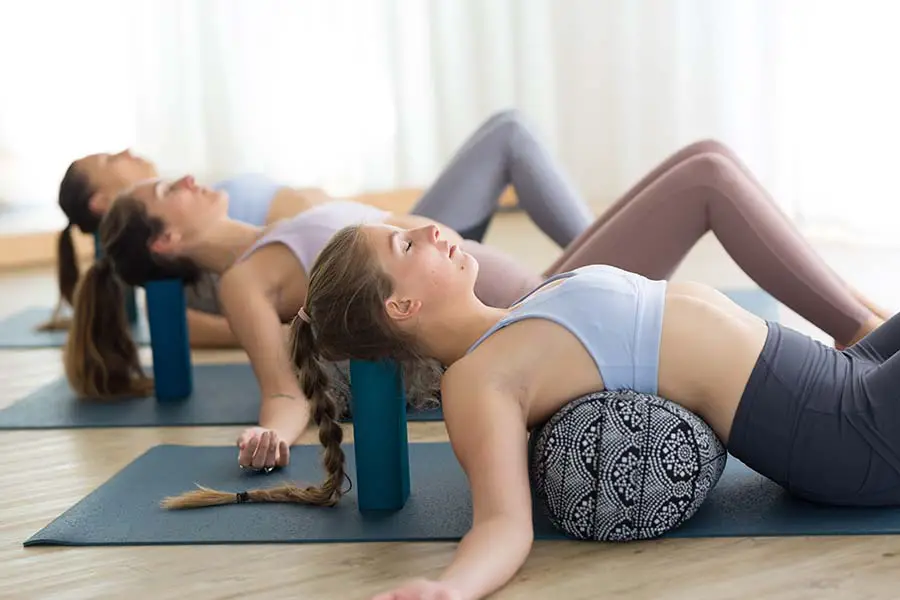
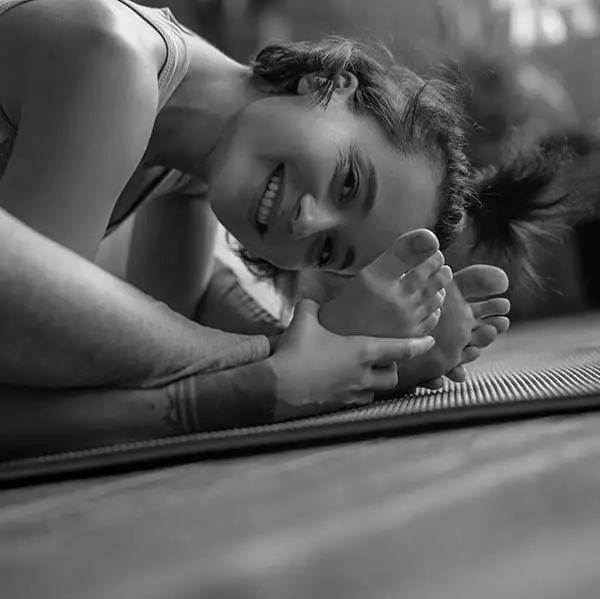
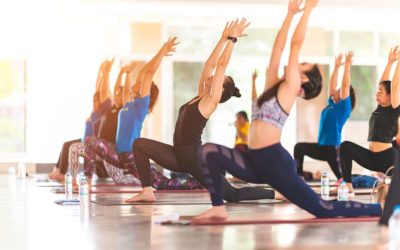
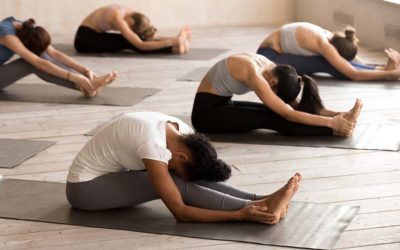
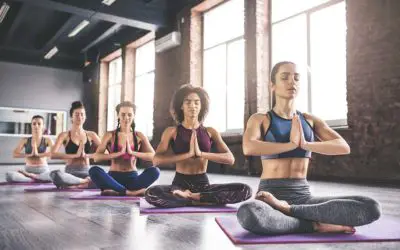

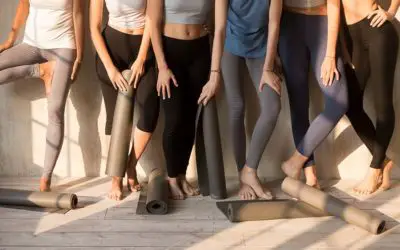
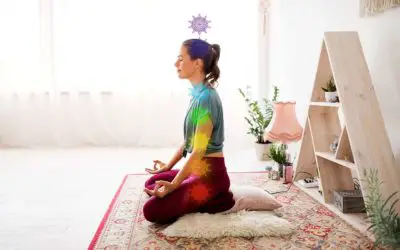
0 Comments